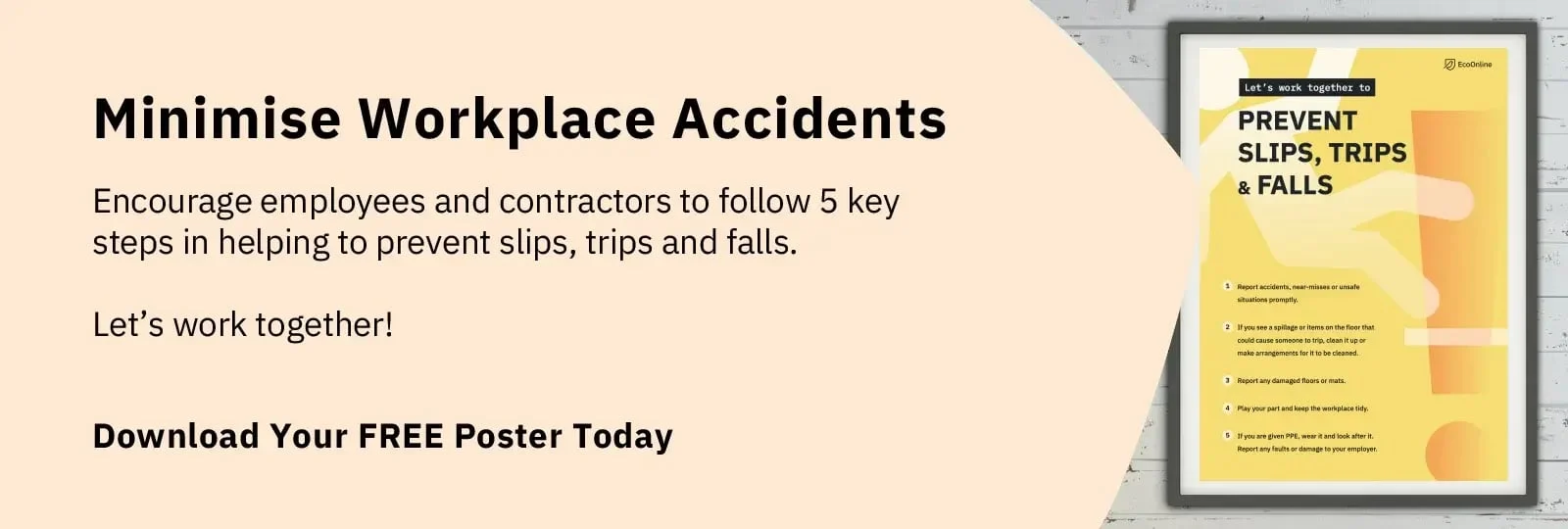
The Construction Regulations 2015 Meaning & Definition
The Construction (Design and Management) Regulations 2015
What are The Construction (Design and Management) Regulations 2015?
The Construction (Design and Management) Regulations 2015 were introduced by the Health and Safety Executive and focus on
the management of health, safety and the general welfare of individuals who work on construction projects. Also known as the CDM Regulations, they
replaced the Construction (Design and Management) Regulations of 2007.
The Construction (Design and Management) Regulations aim to offer guidelines to industry professionals to help them to :
- Plan their work to identify and reduce works from the beginning of the project to its completion
- Identify the right individuals for the job
- Improve coordination and cooperation between workers
- Improve effective communication with all stakeholders
- Consult with workers about the risks and the steps taken to manage them.

A significant number of changes were introduced from CDM 2007 to CDM 2015, with entirely new sections being added in. These are all-encompassing guidelines that are designed to minimize the
risk of harm to workers.
The Importance of the Construction (Design and Management) Regulations 2015
Before construction begins on a new project, CDM 2015 makes it necessary for principal contractors to prepare a construction phase plan. If
there’s only going to be one contractor, the contractor shall be required to prepare this plan.
The plan should include important information about how the construction of the project will be managed, planned, and monitored, while also keeping the health and safety of the workers in
view.
CDM Regulations are incredibly important as they require clients to notify reporting authorities before construction begins on specific, qualified projects.
The threshold changed with CDM 2015, and now, any project that will last longer than 30 days and will have 20 workers on site working simultaneously must be reported. Or, if the project will
require 500 person days of labour, it must be reported.
New Changes in The Construction (Design and Management) Regulations 2015
The new revisions were primarily made on the basis of several conclusions. HSE determined that many organizations had over-interpreted the original regulations. More importantly, there was a
prevalent belief that coordination during the early stages of a project was often considered a bureaucratic procedure that added little value.
The biggest reason for introducing these revisions was the prevalence of poorly enforced or outright unacceptable standards, primarily on smaller work sites. As a result, HSE introduced several
changes in the regulations.
Simplifying the Regulations
CDM 2015 now takes on a more structured approach, with many of the regulations being simplified so that companies can better understand them. A summary of duties also shows who is responsible
for what and specifies their roles.
The Approved Code of Practice (ACoP) Offers Targeted Guidance
The Approved Code of Practice from the HSE was replaced with simpler text that offers more targeted guidance. The revised ACoP was written to further improve on the regulations introduced in
CDM 2007, and encourages stakeholders to:
- Focus on improving the management and planning of projects from the get-go
- Identifying risks at an early stage so they can be mitigated or eliminated at the design or planning stage, and the rest of these can be managed
- Targeting health and safety efforts at points where they can have the maximum impact
- Reduce unneeded bureaucracy in the planning stage.
Separation of the Role of the CDM Coordinator from Principal Designer
There is now a difference in the roles and responsibilities of the Construction Design and Management Coordinator and the Principal Designer. The latter focuses more on the overall design of
the construction project, whereas the CDM Coordinator ensures that work goes smoothly.
CDM 2015 Is Divided into Five Parts
CDM 2015 is available in five parts, with each part focusing on a different element.
Part 1 – Application and Definitions
The first part of CDM 2015 focuses more on the application of the regulations and the definitions of words or terms used within the document.
Part 2 – Duties
This part covers all the duties of clients for different construction projects. These duties primarily apply to commercial clients, as the duties for domestic clients generally pass to
different duty holders.
Part 3 – Health and Safety
This is a substantive part that focuses on the duties pertaining to the health and safety and the roles of different duty holders, which includes designers, principal designers, contractors,
and also principal contractors.
Part 4 – General Requirements
This section focuses primarily on the base requirements that all construction sites must adhere to.
Part 5 – Making Arrangements
The final part of CDM 2015 focuses on any revocations and transitional arrangements from the previous regulations and gives guidance to contractors on how to deal with the changes. Part 5 also
includes enforcement in case of fire and also covers any consequential amendments.
Mitigate Risk on Construction Sites with EcoOnline
EcoOnline’s Health & Safety Software makes it easy for companies to identify risk and mitigate it. The cloud-based solution allows organizations to request feedback from workers and identify incidents, such as
near-misses. This allows contractors to prepare safer and more comprehensive construction plans and ultimately, reduces the risk of injury and ensures a safe job site.




